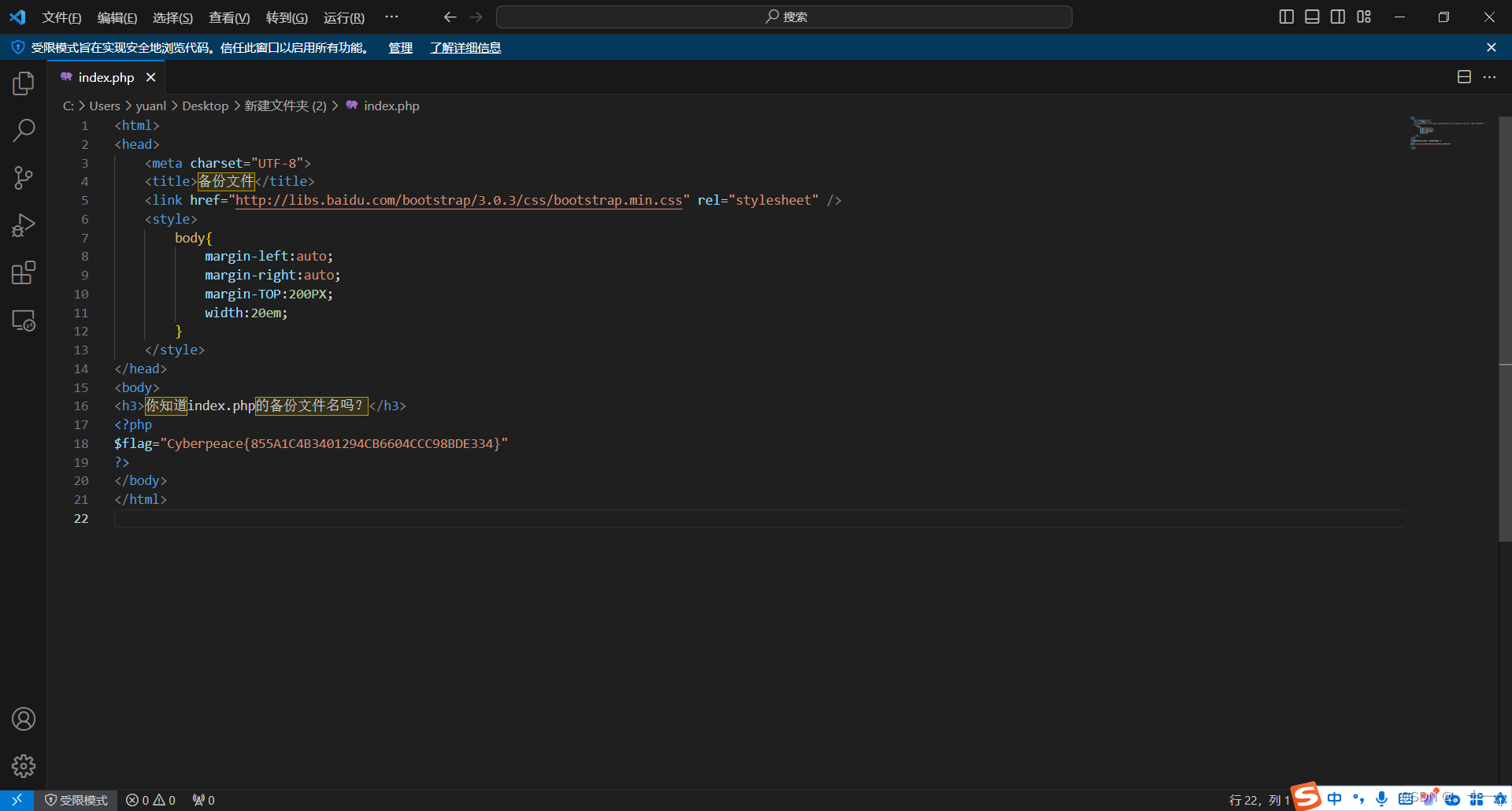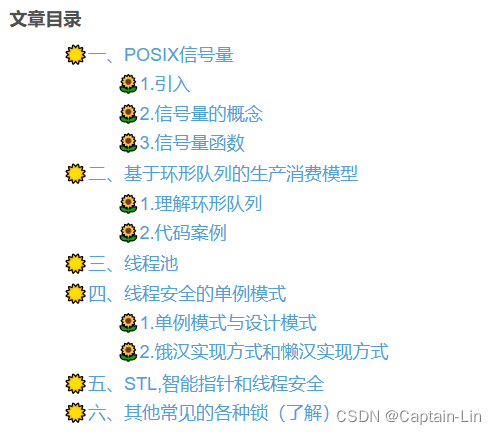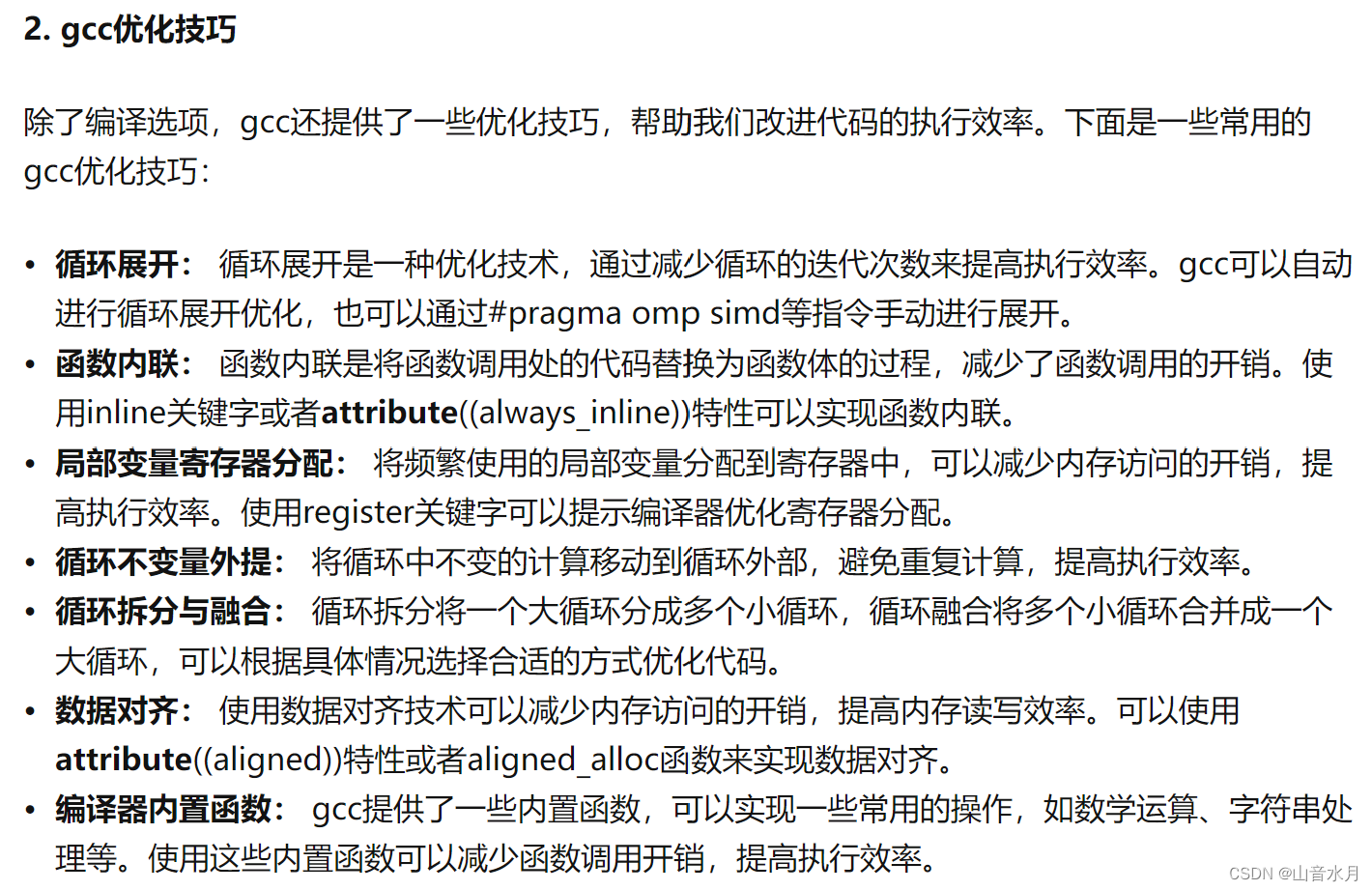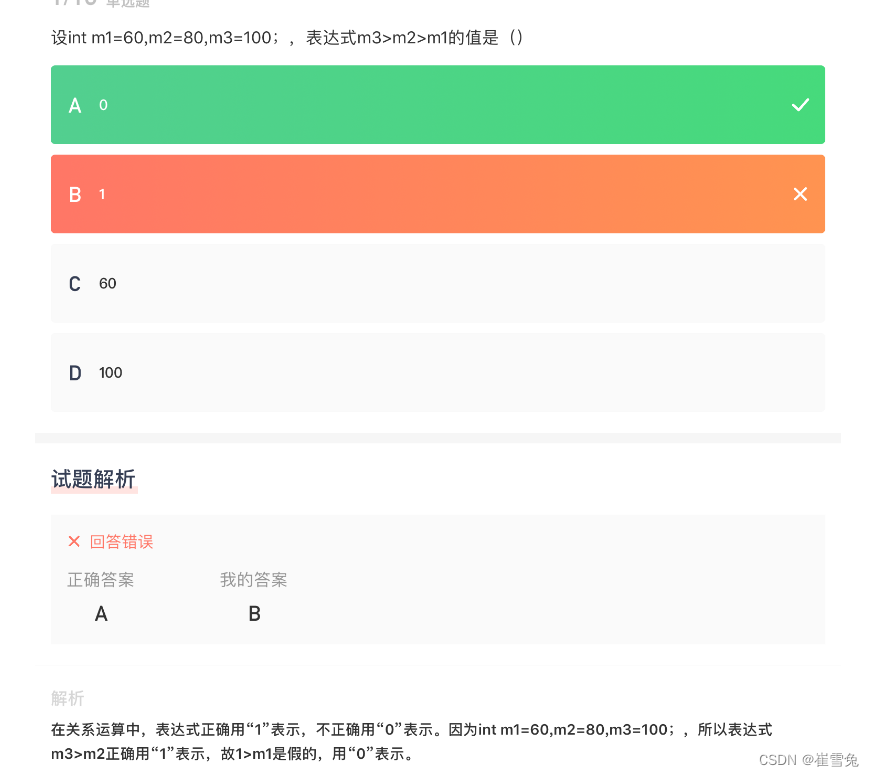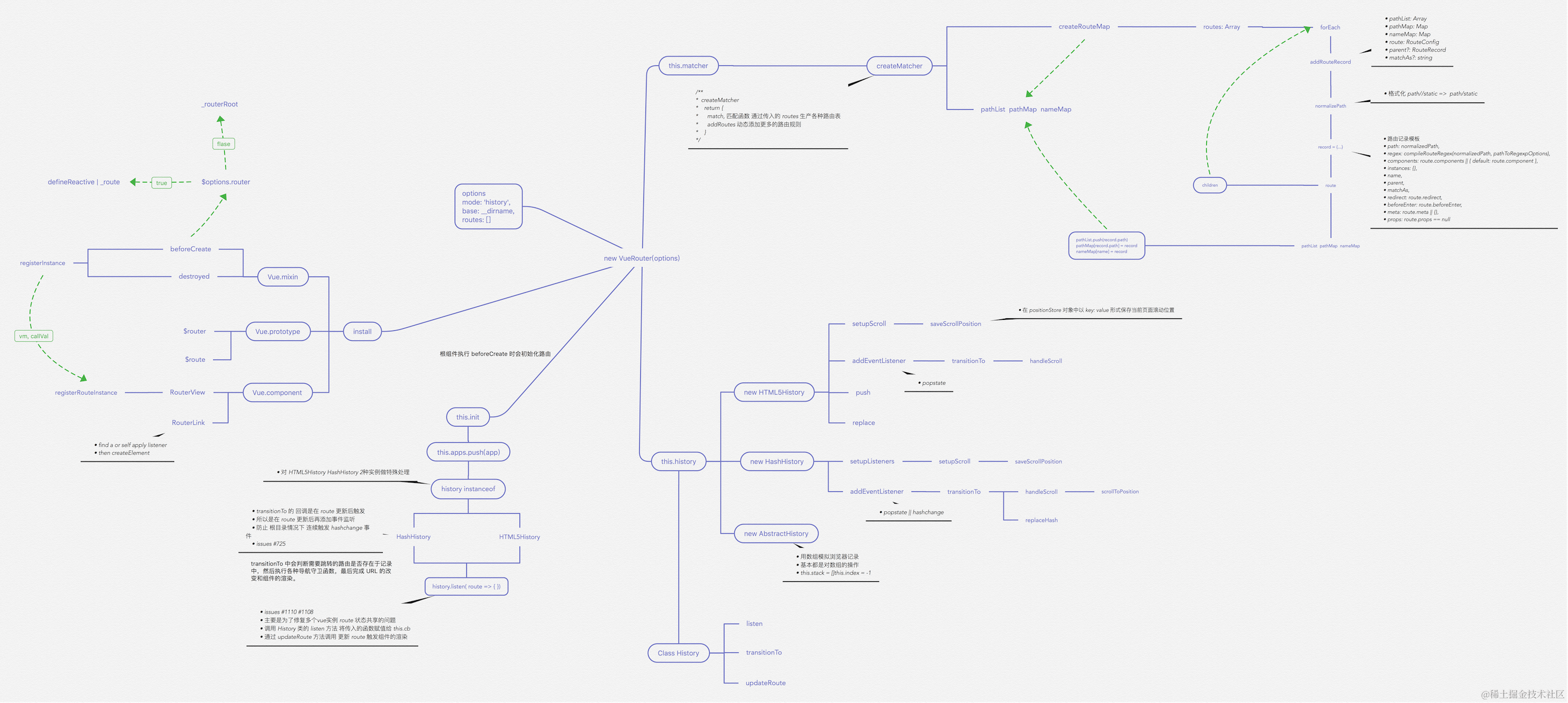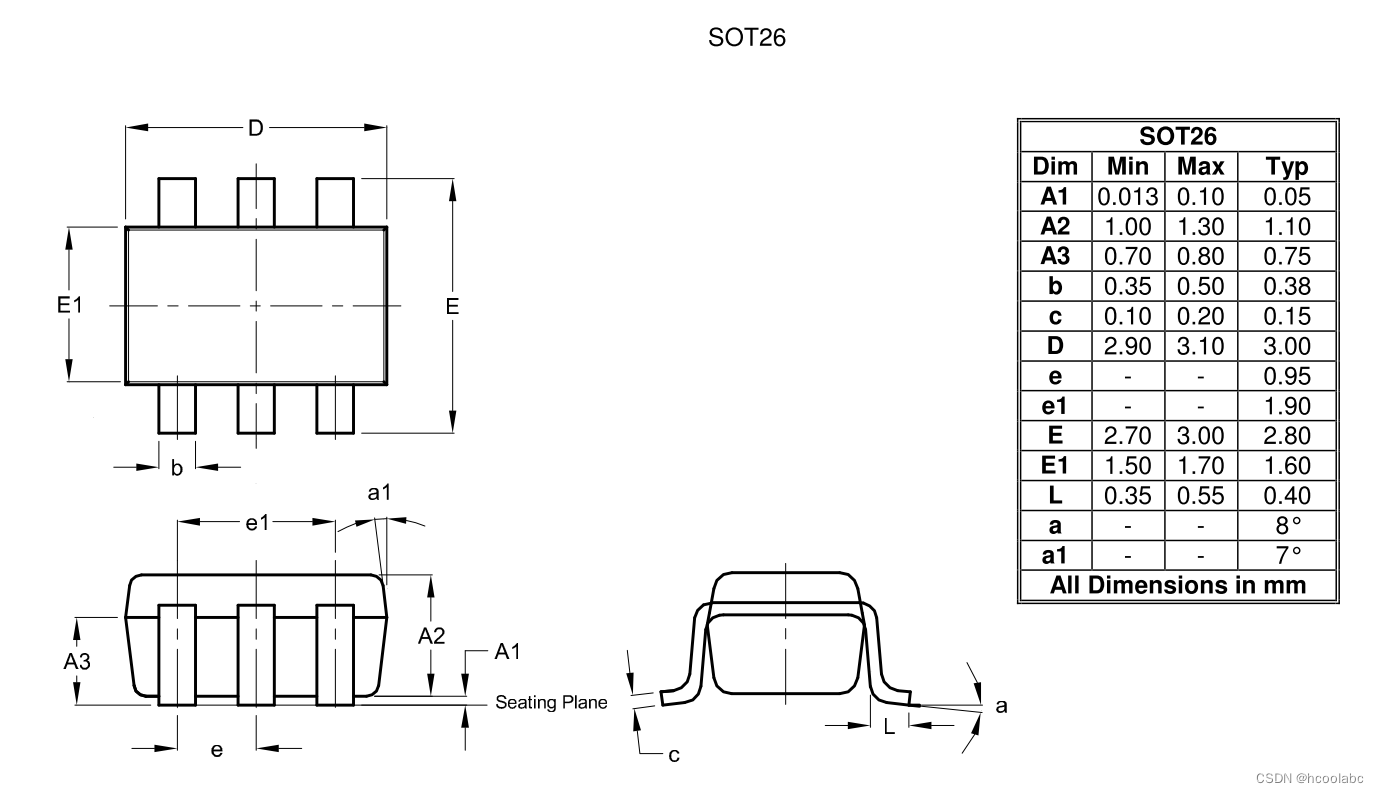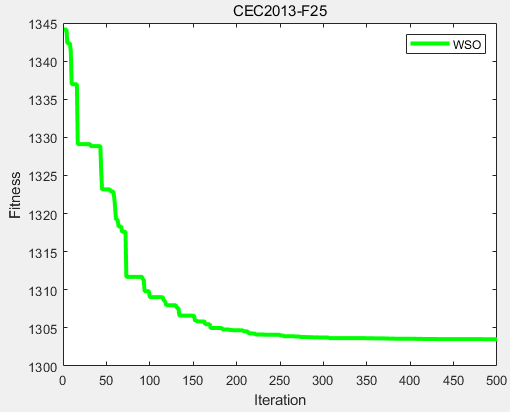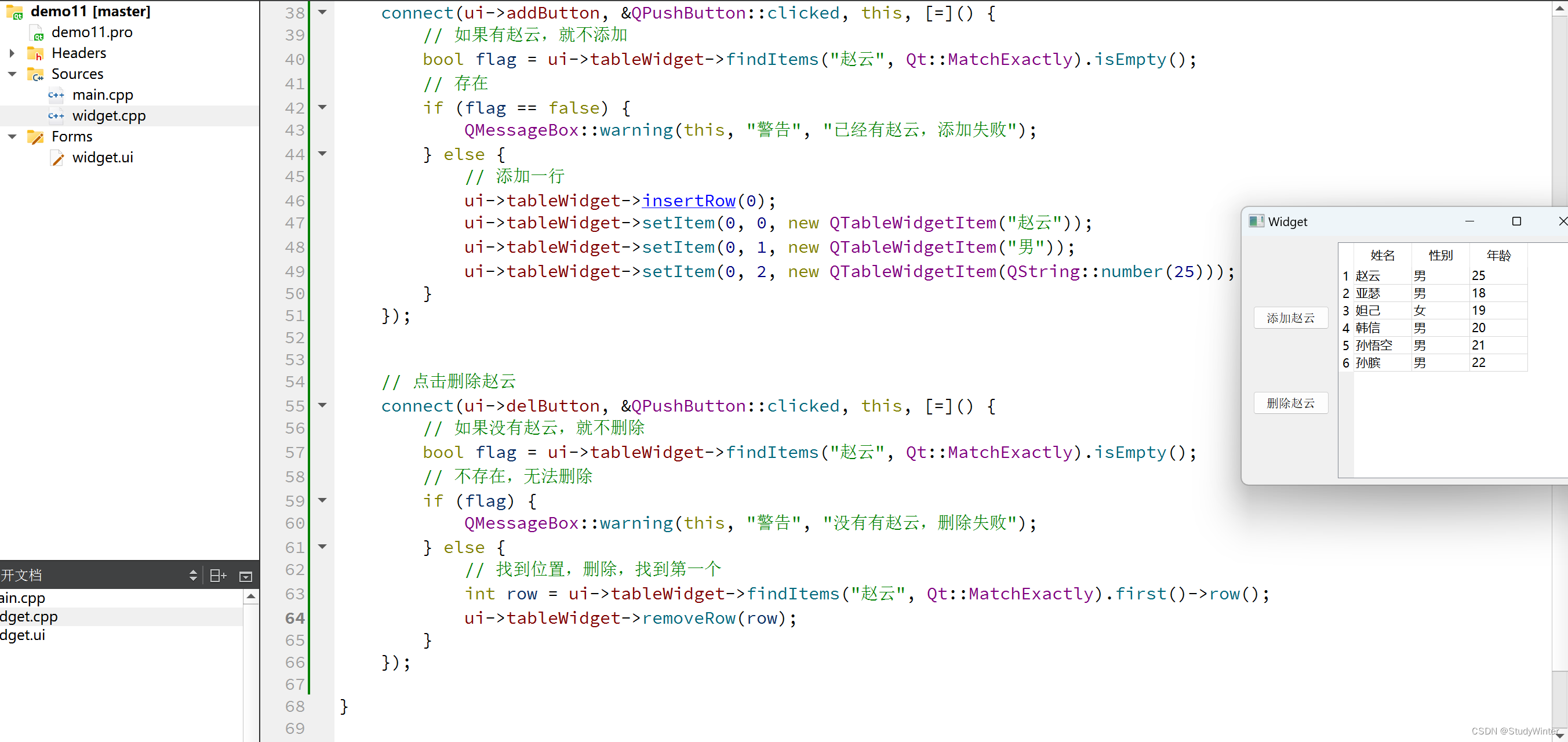文章目录
1 pytorch的安装 2 PyTorch基础知识 2.1 张量简介 2.2 初始化 2.3 张量的属性 2.4 ndarray与tensor互转 2.5 索引、切片、变形、聚合、矩阵拼接、切割、转置 3 pytorch自动微分 4 线性回归 5 分类
pytorch官网 个人学习因此,选择CPU安装。 使用国内阿里云镜像安装 库名 作用 torchvision 图像视频处理 torchaudio 音频处理 torchtext 自然语言处理
pip install -i https://mirrors.aliyun.com/pypi/simple/ torch torchvision torchaudio torchtext
出现以下界面说明安装成功 验证是否安装成功 分类:0维张量(标量)、1维张量(向量)、2维张量(矩阵)、3维张量(时间序列)、4维张量(图像)、5维张量(视频) 概念:一个数据容器,可以包含数据、字符串等 常见的构造Tensor的函数 函数 功能 Tensor(*sizes) 基础构造函数 tensor(data) 类似于np.array ones(*sizes) 全1 zeros(*sizes) 全0 eye(*sizes) 对角为1,其余为0 arange(s,e,step) 从s到e,步长为step linspace(s,e,steps) 从s到e,均匀分成step份 rand/randn(*sizes) rand是[0,1)均匀分布;randn是服从N(0,1)的正态分布 normal(mean,std) 正态分布(均值为mean,标准差是std) randperm(m) 随机排列
函数 作用 torch.abs(A) 绝对值 torch.add(A,B) 相加,A和B既可以是Tensor也可以是标量 torch.clamp(A,max,min) 裁剪,A中的数据若小于min或大于max,则变成min或max,即保证范围在[min,max] torch.div(A,B) 相除,A%B,A和B既可以是Tensor也可以是标量 torch.mul(A,B) 点乘,A*B,A和B既可以是Tensor也可以是标量 torch.pow(A,n) 求幂,A的n次方 torch.mm(A,B.T) 矩阵叉乘,注意与torch.mul之间的区别 torch.mv(A,B) 矩阵与向量相乘,A是矩阵,B是向量,这里的B需不需要转置都是可以的 A.item() 将Tensor转化为基本数据类型,注意Tensor中只有一个元素的时候才可以使用,一般用于在Tensor中取出数值 A.numpy() 将Tensor转化为Numpy类型 A.size() 查看尺寸 A.shape 查看尺寸 A.dtype 查看数据类型 A.view() 重构张量尺寸,类似于Numpy中的reshape A.transpose(0,1) 行列交换 A[1:]A[-1,-1]=100 切面,类似Numpy中的切面 A.zero_() 归零化 torch.stack((A,B),sim=-1) 拼接,升维 torch.diag(A) 取A对角线元素形成一个一维向量 torch.diag_embed(A) 将一维向量放到对角线中,其余数值为0的Tensor
import torch
data = [ [ 1 , 2 ] , [ 3 , 4 ] ]
x_data = torch. tensor( data)
print ( f"Tensor from Data:\n { x_data} \n" )
import numpy as np
data = [ [ 1 , 2 ] , [ 3 , 4 ] ]
np_array = np. array( data)
x_np = torch. from_numpy( np_array)
print ( f"Tensor from Numpy:\n { x_np} \n" )
import torch
data = [ [ 1 , 2 ] , [ 3 , 4 ] ]
x_data = torch. tensor( data)
x_ones = torch. ones_like( x_data)
print ( f"Ones Tensor: \n { x_ones} \n" )
x_rand = torch. rand_like( x_data, dtype= torch. float )
import torch
shape = ( 2 , 3 , )
rand_tensor = torch. rand( shape)
ones_tensor = torch. ones( shape)
zeros_tensor = torch. zeros( shape)
print ( f"Random Tensor: \n { rand_tensor} \n" )
print ( f"Ones Tensor: \n { ones_tensor} \n" )
print ( f"Zeros Tensor: \n { zeros_tensor} " )
import torch
tensor = torch. rand( 3 , 4 )
print ( f"Shape of tensor: { tensor. shape} " )
print ( f"Datatype of tensor: { tensor. dtype} " )
print ( f"Device tensor is stored on: { tensor. device} " )
import numpy as np
import torch
print ( np. __version__)
print ( torch. __version__)
print ( "tensor转ndarray" )
a = torch. ones( 5 )
print ( type ( a) )
b = a. numpy( )
print ( type ( b) )
print ( "ndarray转tensor" )
a1 = np. ones( 5 )
print ( type ( a1) )
b2 = torch. from_numpy( a1)
print ( type ( b2) )
import torch
import numpy as np
t = torch. randint( 0 , 10 , ( 4 , 5 ) )
print ( t)
print ( t. shape)
print ( t[ 0 , 0 ] )
print ( t[ 0 ] )
print ( t[ 1 : 3 ] )
print ( t[ : , 1 : 3 ] )
print ( t[ 1 : 3 , 1 : 3 ] )
print ( t. reshape( 4 , 5 , 1 ) )
print ( t[ : , : , None ] )
print ( t[ . . . , None ] )
print ( t[ : , None , : ] )
print ( t. reshape( 4 , 5 , 1 ) . squeeze( ) )
print ( t[ : , None , : ] . squeeze( ) )
print ( t. unsqueeze( dim= 0 ) . shape)
tensor = torch. tensor( [ [ 1 ] , [ 2 ] , [ 3 ] ] )
print ( tensor. expand( 3 , 4 ) )
n = np. random. random( ( 32 , 224 , 224 , 3 ) )
print ( n[ 0 , : , : , 0 ] . shape)
t = torch. tensor( n)
print ( t. shape)
print ( t[ 0 , : , : , 0 ] . shape)
t = torch. randint( 0 , 10 , ( 4 , 5 ) )
print ( t)
print ( t. sum ( ) )
print ( t. sum ( dim= 0 ) )
print ( t. sum ( dim= 0 , keepdim= True ) )
print ( t. sum ( dim= 1 ) )
print ( t. sum ( dim= 1 , keepdim= True ) )
print ( t. argmax( dim= 0 ) )
print ( t. argmax( dim= 1 ) )
t1 = torch. randint( 0 , 10 , size= ( 4 , 5 ) )
t2 = torch. randint( 0 , 10 , size= ( 4 , 5 ) )
print ( t1)
print ( t2)
print ( t1[ 0 ] . dot( t2[ 0 ] ) )
print ( torch. concat( ( t1, t2) ) )
print ( torch. vstack( ( t1, t2) ) )
print ( torch. concat( ( t1, t2) , dim= 1 ) )
print ( torch. hstack( ( t1, t2) ) )
print ( "--------------切割----------------" )
t = torch. randint( 0 , 10 , size= ( 4 , 5 ) )
print ( t)
print ( t. split( [ 1 , 2 , 1 ] ) )
print ( torch. permute( t, [ 1 , 0 ] ) . shape)
print ( t. transpose( 1 , 0 ) . shape)
import torch
x = torch. ones( 1 , 1 , requires_grad= True )
y = 2 * x + 2
y. backward( )
print ( x. grad)
from torch import nn, optim, tensor
X = tensor( [ [ 1.0 ] , [ 2.0 ] , [ 3.0 ] , [ 4.0 ] ] )
Y = tensor( [ [ 3.0 ] , [ 5.0 ] , [ 7.0 ] , [ 9.0 ] ] )
model = nn. Linear( 1 , 1 )
loss_fn = nn. MSELoss( )
optimizer = optim. SGD( model. parameters( ) , 0.001 )
for epoch in range ( 1000 ) :
for x, y in zip ( X, Y) :
y_pred = model( x)
loss = loss_fn( y, y_pred)
optimizer. zero_grad( )
loss. backward( )
optimizer. step( )
weight = model. weight
print ( weight)
bias = model. bias
print ( bias)
import torch
from torch import nn, float
data = [ [ 1 , 3 , 5 , 7 , 9 , 1 ] ,
[ 2 , 4 , 6 , 8 , 10 , 0 ] ,
[ 11 , 13 , 15 , 17 , 19 , 1 ] ,
[ 12 , 14 , 16 , 18 , 20 , 0 ] ,
[ 21 , 23 , 25 , 27 , 29 , 1 ] ,
[ 22 , 24 , 26 , 28 , 30 , 0 ] ,
[ 31 , 33 , 35 , 37 , 39 , 1 ] ,
[ 32 , 34 , 36 , 38 , 40 , 0 ] ,
[ 41 , 43 , 45 , 47 , 49 , 1 ] ,
[ 42 , 44 , 46 , 48 , 50 , 0 ] , ]
t_data = torch. tensor( data, dtype= float )
X = t_data[ : , : - 1 ]
print ( type ( X) )
print ( X)
Y = t_data[ : , - 1 ]
Y = Y. reshape( - 1 , 1 )
print ( type ( X) )
print ( Y)
print ( X. shape)
model = nn. Sequential(
nn. Linear( 5 , 50 ) ,
nn. Linear( 50 , 1 ) ,
nn. Sigmoid( )
)
state_dict = model. state_dict( )
print ( state_dict)
loss_fn = nn. BCELoss( )
optim_sgd = torch. optim. SGD( model. parameters( ) , 0.001 )
batch_size = 2
steps = 10 // 2
for epoch in range ( 100 ) :
for batch in range ( steps) :
start = batch * batch_size
end = start + batch_size
x = X[ start: end]
y = Y[ start: end]
y_pred = model( x)
loss = loss_fn( y_pred, y)
optim_sgd. zero_grad( )
loss. backward( )
optim_sgd. step( )
print ( model. state_dict( ) )
acc_rate = ( ( model( X) . data. numpy( ) >= 0.5 ) == Y. numpy( ) ) . mean( )
import torch
from torch import nn, float
import numpy as np
data = [ [ 1 , 1 ] ,
[ 2 , 0 ] ,
[ 11 , 1 ] ,
[ 12 , 0 ] ,
[ 21 , 1 ] ,
[ 22 , 0 ] ,
[ 31 , 1 ] ,
[ 32 , 0 ] ,
[ 41 , 1 ] ,
[ 42 , 0 ] , ]
t_data = torch. tensor( data, dtype= float )
X = t_data[ : , : - 1 ]
Y = t_data[ : , - 1 ]
Y = Y. reshape( - 1 , 1 )
print ( X. shape)
class DemoModl ( nn. Module) :
def __init__ ( self) :
super ( ) . __init__( )
self. lin_1 = nn. Linear( 1 , 50 )
self. lin_2 = nn. Linear( 50 , 1 )
self. sigmod = nn. Sigmoid( )
self. activate = nn. ReLU( )
def forward ( self, input ) :
x = self. lin_1( input )
x = self. activate( x)
x = self. lin_2( x)
x = self. sigmod( x)
return x
lr = 0.001
def get_model ( ) :
model = DemoModl( )
return model, torch. optim. Adam( model. parameters( ) , lr= lr)
loss_fn = nn. BCELoss( )
model, opt = get_model( )
batch_size = 2
steps = 10 // 2
for epoch in range ( 1000 ) :
for batch in range ( steps) :
start = batch * batch_size
end = start + batch_size
x = X[ start: end]
y = Y[ start: end]
y_pred = model( x)
loss = loss_fn( y_pred, y)
opt. zero_grad( )
loss. backward( )
opt. step( )
print ( 'loss=========' , loss_fn( model( X) , Y) )
acc_rate = ( ( model( X) . data. numpy( ) >= 0.5 ) == Y. numpy( ) ) . mean( )
print ( acc_rate)
print ( np. unique( model( X) . data. numpy( ) ) )
参考




